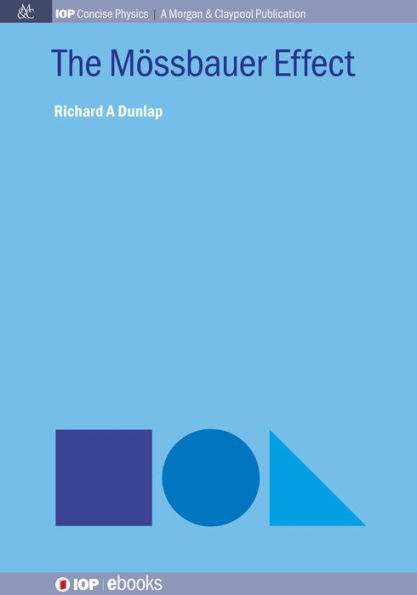The Mössbauer effect was discovered by, and named after, Rudolf Mössbauer at the Technical University of Munich in 1958. At first, this appeared to be a phenomenon related to nuclear energy levels that provided some information about excited state lifetimes and quantum properties. However, it soon became apparent that Mössbauer spectroscopy had applications in a variety of fields, such as general relativity, solid state physics, chemistry, materials science, biology, medical physics, archaeology and art. It is the extreme sensitivity of the effect to the atomic environment around the probe atom, as well as the ability to apply the technique to some interesting and important elements, most notably iron, that is responsible for the Mössbauer effect's extensive use. This text reviews the historical development of the Mössbauer effect, the experimental details, the basic physics of hyperfine interactions and some of the numerous applications of Mössbauer effect spectroscopy.
The Mössbauer effect was discovered by, and named after, Rudolf Mössbauer at the Technical University of Munich in 1958. At first, this appeared to be a phenomenon related to nuclear energy levels that provided some information about excited state lifetimes and quantum properties. However, it soon became apparent that Mössbauer spectroscopy had applications in a variety of fields, such as general relativity, solid state physics, chemistry, materials science, biology, medical physics, archaeology and art. It is the extreme sensitivity of the effect to the atomic environment around the probe atom, as well as the ability to apply the technique to some interesting and important elements, most notably iron, that is responsible for the Mössbauer effect's extensive use. This text reviews the historical development of the Mössbauer effect, the experimental details, the basic physics of hyperfine interactions and some of the numerous applications of Mössbauer effect spectroscopy.

The Mössbauer Effect
116
The Mössbauer Effect
116eBook
Related collections and offers

Product Details
| ISBN-13: | 9781643274812 |
|---|---|
| Publisher: | Morgan & Claypool Publishers |
| Publication date: | 04/17/2019 |
| Series: | ISSN |
| Sold by: | Barnes & Noble |
| Format: | eBook |
| Pages: | 116 |
| File size: | 4 MB |
| Age Range: | 18 Years |
